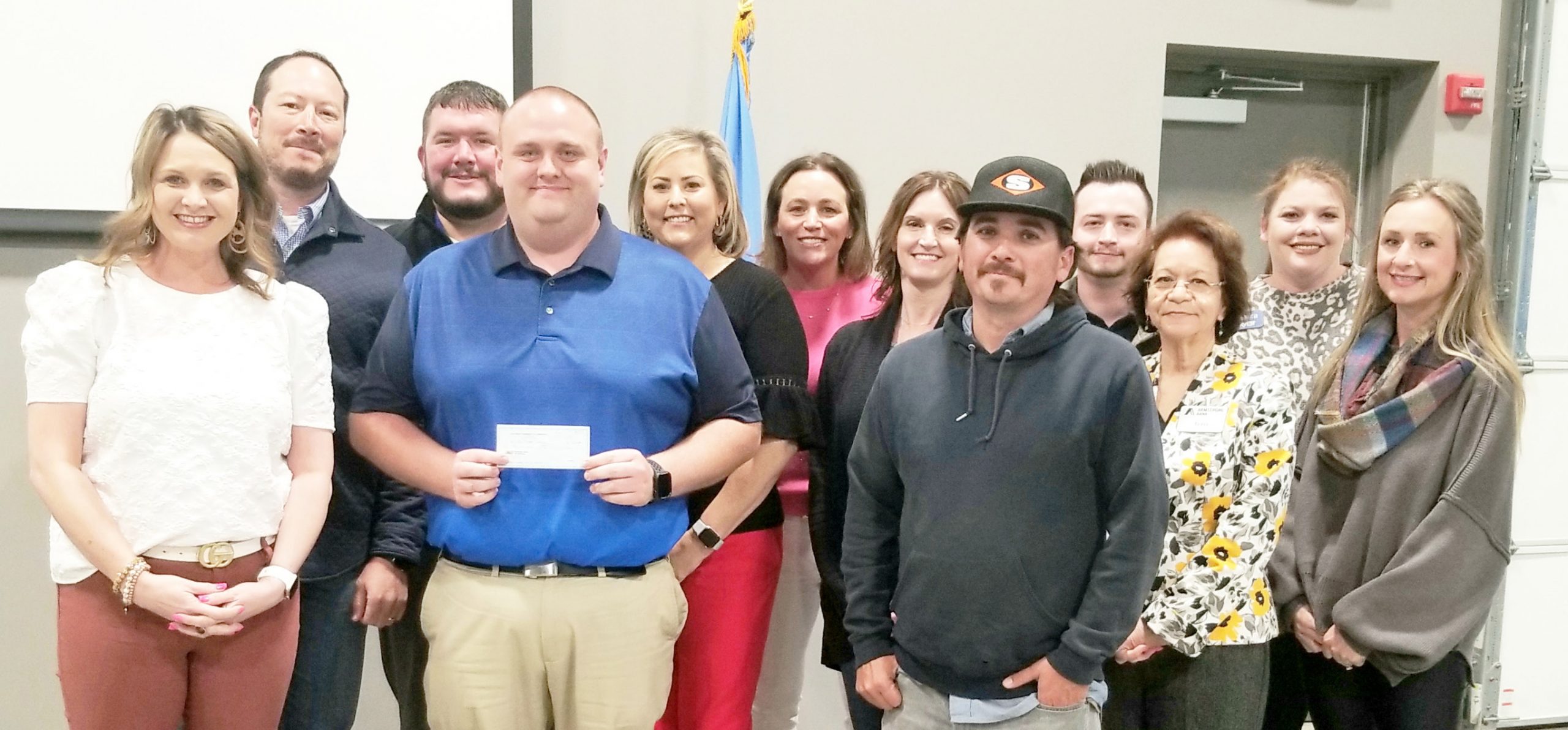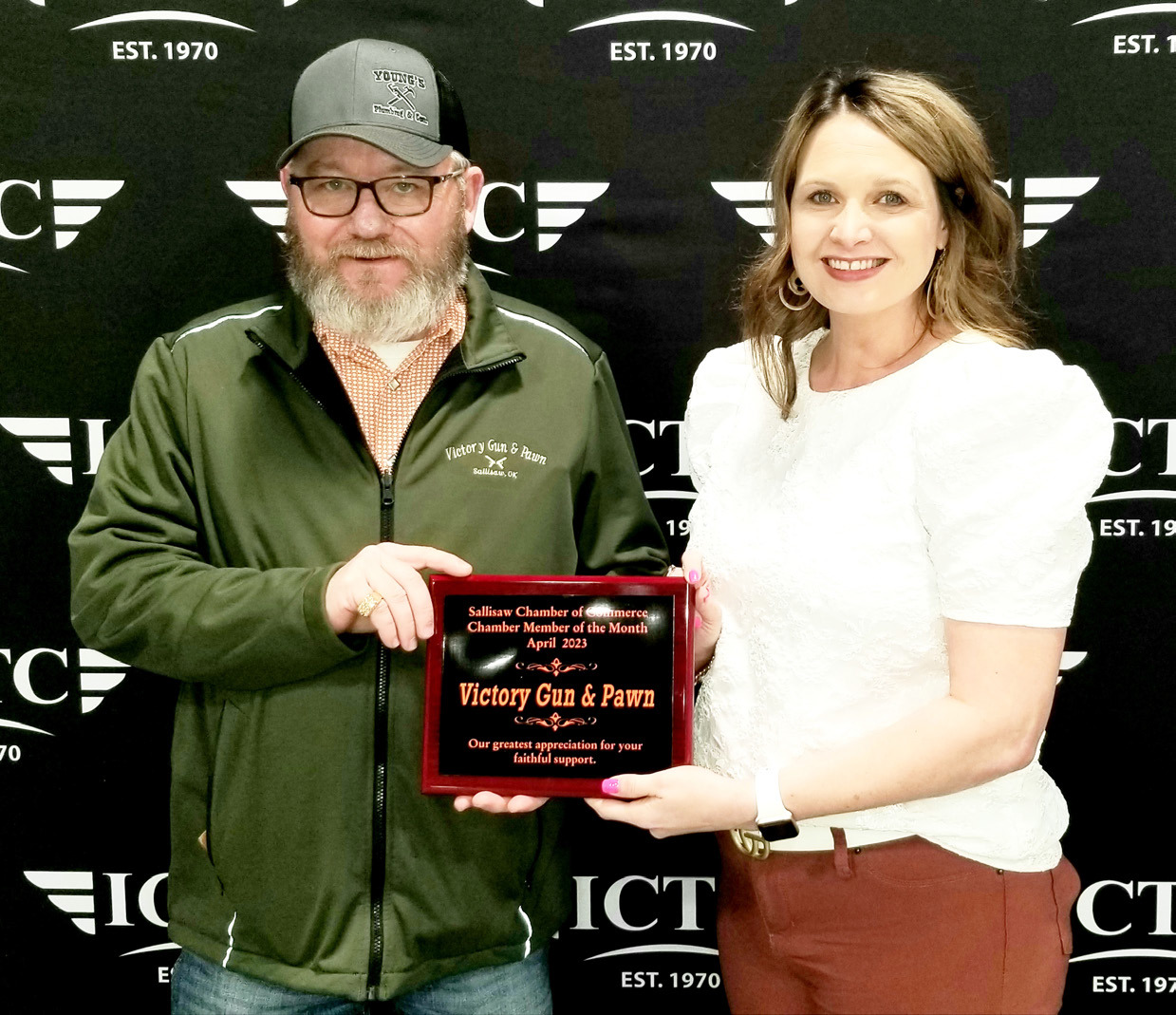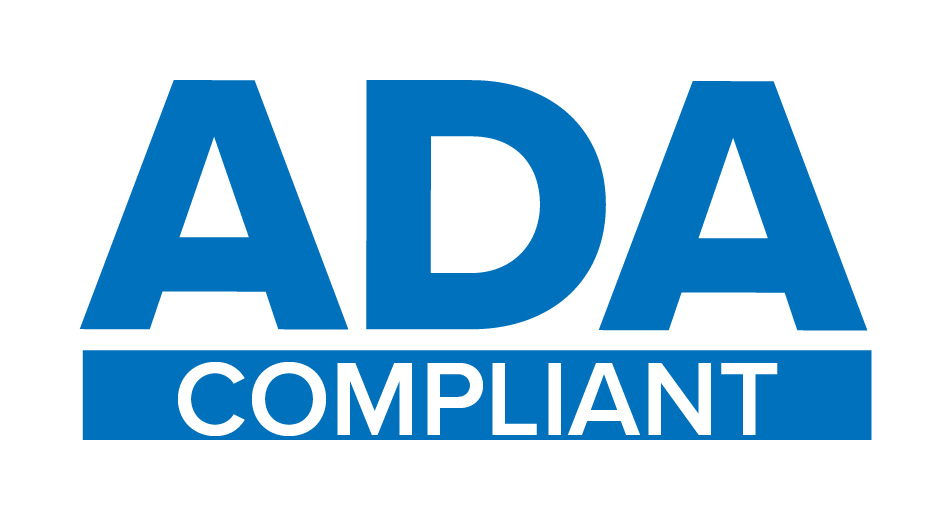
Harvesting landfill gases is trash-to-cash benefit for city
It has been observed that one man’s trash is another man’s treasure.
It has been observed that one man’s trash is another man’s treasure.
In Sallisaw, working with Sparq Renewables, the city’s trash is forecast to become the city’s treasure.
That’s the abbreviated version of a presentation Sparq founder and CEO Norman Herrera shared with community leaders Wednesday at the Sallisaw Chamber of Commerce’s monthly membership luncheon held at Indian Capital Technical Center.
“Trash is something that can be harvested, that can benefit the city,” Herrera said of only the fourth such trashto- cash project in Oklahoma.
Sparq has been working with the city since 2019 — “a labor of love,” Herrera calls it — and is on track to break ground for a pressure swing adsorption plant by the end of the year, and be operational in 18 months.
“It will bring three benefits to the city of Sallisaw: 1) it will help with your emissions reductions at the landfill, 2) purchase power from your city-owned utility and 3) it’ll provide you a royalty and a benefit economically on top of those other two benefits. It’s a good opportunity to do business together.”
Herrera borrowed from art an example — not all that far-fetched — from the movie “Back to the Future,” in which Dr. Emmett Brown puts trash, including banana peels, into the flux capacitor to produce fuel for his flying Delorean time machine.
The Sallisaw landfill project uses a similar concept: Extract the naturally occurring gases trash generates, then clean the gas for use as a renewable natural gas source.
“The decomposition and decay rate of a banana peel eventually decomposes to create something that has a high concentration of methane, a high concentration of oxygen, nitrogen, CO2 and other gases,” Herrera explained. “A lot of what we want to do is clean that gas and make it pipeline quality.
“Trash is something that can be harvested, that can benefit the city, that is a complicated project that’s taken a lot of turns to get to where we are, and before the end of the year break ground on the project. We’re excited about it.”
Herrera pointed out that the process of capturing the gases as a renewable fuel source has benefits to the environment as well as the city’s pocketbook.
“There is a case to be made environmentally for what happens with methane that isn’t captured, that is just emitting into the atmosphere. That has not only a stink, but also an environmental hazard that takes place,” he said. “From there you have the ability to spread the type of gas that’s harvested — today you can harvest gas from a rock in a shale formation 3,000 to 5,000 feet below our feet, or you can do what we’re doing, which is another way of generating gas from a naturally occurring and renewable source — and, finally, provides that revenue stream to communities like Sallisaw.” Utilizing the gas created in a landfill may be a new concept, but it’s one that has been occurring in other environments.
“The concept of taking gas from trash is also true with wastewater treatment plants,” Herrera said. “Flush the toilet at a wastewater treatment plant does allow the creation of methane that can be harvested and cleaned up and put into a pipeline. You can do the same with food waste, and you can do the same with manure.”
Herrera, a nationally recognized thought leader on alternative fuels and the ecosystem approach to natural gas market development, used bread strokes to explain what will be occurring at the Sallisaw landfill, and intentionally tried to present the complex concept in a way everyone could understand.
“So why landfill gas? You can think of different pollution sources, like the tailpipe of a semi truck on the highway or animal methane that’s present or combustion of production cycles. All those are pretty highpolluting areas,” Herrera said. “Landfills are the third largest human source of emissions that are out there. It’s on par with trucks on the road or naturally occurring emissions that happen in agriculture. So if we’re really going to address some climate benefit, doing it at a landfill is a good way to do that.
“When you pursue a landfill gas project that’s municipal solid waste or organic decomposing methane, it’s the equivalent of taking the 21 million vehicles off the road in one year or the use of 12 million homes. In comparison, just for context, how many vehicles are on the road in Oklahoma? It’s around 1.3 million vehicles. How many homes are in Oklahoma? 1.7 million homes. What we’re doing here in Sallisaw is a big thing compared to the other emission factors that are out there.
“Projects like this in Oklahoma can be counted on one hand. There’s a project like this in Ardmore, there are two projects in Oklahoma City and then you’d (Sallisaw) potentially be the fourth project in the state that would have a similar opportunity.”
Then Herrera delved deeper into explaining how the decomposition process works.
“It really begins in an aerobic process, then goes without oxygen into an anaerobic process. At first, you have a lot of nitrogen and gases that are present in that trash that you throw away at the landfill. You have some oxygen in that trash. Over time, though, through different phases, you have an increase in methane.
“With compaction and rain and different other trashes building up on top of it, that speeds up the process of going from something that didn’t have any methane to something that had methane. These four phases are really the period of time from today to the seven-year continuum, something that you throw away today, on average, will turn into gas in seven years. If you think about when your landfill was opened and how much time has been present, there is a mountain of gas available there for production, because it’s never truly been harvested. It’s been depleting slowly over time, but not with the intention to harvest the gas that’s present,” Herrera explained.
“Something over time generates methane. And that time period is really from the first piece of trash that arrives, and continues to grow over time. As the landfill is expanded and as more trash is being brought in, it continues to grow the amount of trash potential that’s present. And that’s why this project was attractive to Sparq and our partners.”
Herrera provided a series of detailed video graphics to help his audience grasp the concepts of emerging technology development.
“Today, landfills are required by the EPA to flair the gas, or trap the gas, once they are of a certain size. Once they reach some level of size in tonnage in place and daily tonnage coming in, they’re required to have a system in place. Here in Sallisaw, it’s more of a voluntary process, that eventually was going to happen here. So we’re getting in front of the regulatory obligation that you’ll have by installing the system prior to size.
“From there, you can use the gas in more of a secondary treatment where you don’t clean it up to a pipeline spec from Arkansas Oklahoma Gas or Summit Utilities, but you use it for power generation, you use it for some other boiler type use,” Herrera said.
“What we’re doing is the third one, which is an advanced treatment. Not only are we collecting it, not only are we treating it, we’re also improving the gas. This way it’s identical to the gas stream that’s in the pipeline today. Then it can be used for vehicular use, for home use, for every other use, because it’s truly the same chemistry as the gas that’s in the pipeline.
“The amount of gas we put into the pipeline is small compared to the amount of gas that’s already in the pipeline, so to the end-user pipeline gas they’re receiving is chemically identical.
“Arkansas Oklahoma Gas or Summit Utilities have found that there’s more demand for natural gas in the community of Sallisaw, and therefore they’ve allowed us to tie in to their system servicing the community.”
Admitting “these plants don’t run themselves, they’re pretty complex,” Herrera expects the plant, when up and running, to have a staff of four: Plant manager, operator and two well technicians.
“It’s a green job, but it’s also a job that’s similar to what someone in Wilburton would do in the oil field, only for a company that’s working in a municipal environment on a job that may not have the same nature as an oil and gas job. It’s a trash job at the landfill to run this plant. It’s something we’re going to have a need for.”
Prior to Herrera’s presentation, chamber president Nikki Garrett presented a $1,000 check to the Sallisaw Youth League for its upcoming baseball state tournament, and Victory Gun & Pawn was announced as the chamber’s April Member of the Month.
Upcoming events
• Diamond Daze Downtown is May 5-6. More than 100 vendors are currently registered for the festival. Volunteers are still needed, and barbecue teams entries are still being accepted.
• Main Street Market, first Thursday of the month (June through September), on Oak Street from Cherokee Avenue to Choctaw Avenue.









